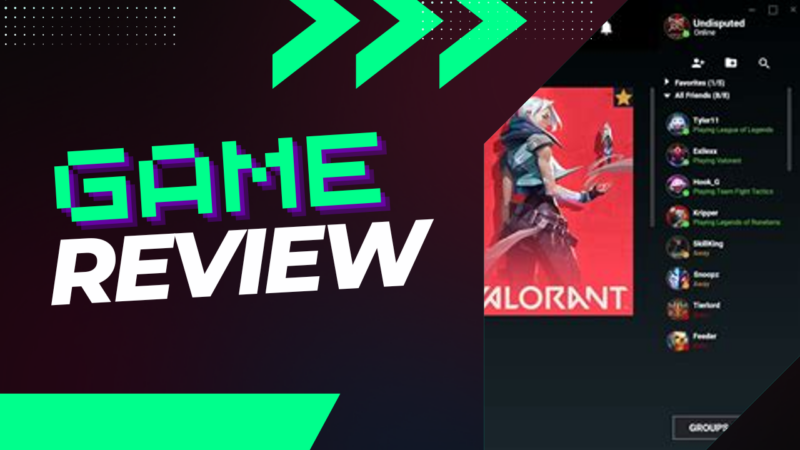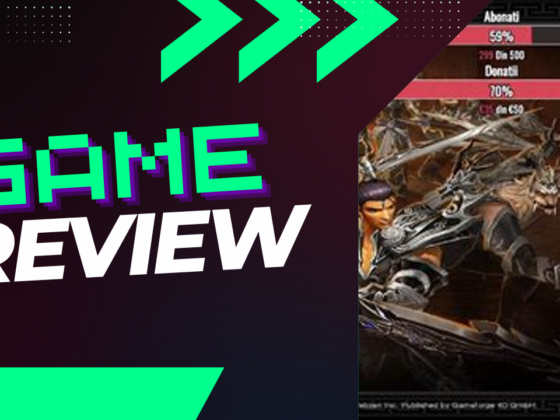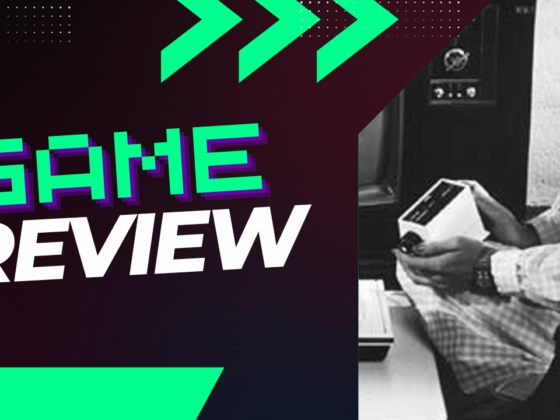Have you ever wondered why your hard drive seems to vanish like socks in a dryer after installing a new game? If you’ve recently downloaded the Riot Client, that mystery might be clearer than you think. This seemingly innocuous app, a gateway to popular titles like League of Legends and Valorant, can surprisingly gobble up a hefty 31.3 GB of your system’s storage. As technology evolves, so do our gaming experiences, but so does the amount of space they demand. Join us as we peel back the layers of this digital behemoth and explore not just its size, but the treasures it holds within.
How Much Space Does the Riot Client Occupy?
Recently, my son downloaded the Riot Client to enjoy games like League of Legends and Valorant. After realizing it was taking up too much space, I asked him to remove it, only to discover that it consumed a staggering 31.3 GB of storage on our system. Curious about what was occupying so much room, I ventured into the settings to examine the storage details.
To investigate further, I found a specialized program called Glogg that is adept at handling massive text files—something that traditional text editors struggle with. This tool could help me analyze the content of the large log files created by the Riot Client. Wouldn’t it be fascinating to uncover what might be hidden within them? Perhaps they merely repeat similar lines over and over? I was eager to see any screenshots of the output!
Upon further inspection, I stumbled upon an astonishing log file that reached 100 GB in size. This raised questions about its origin—where exactly was this file stored, and how could it balloon to such proportions? The day after uninstalling, I received a ‘low disk space’ warning and discovered a 70 GB file which appeared to be tied to the Riot Client. Notably, when attempting to delete it, I encountered a message indicating that the RiotAppService was preventing the removal. A quick check on the control panel revealed the program was consuming approximately 25% of CPU resources while running in the background. Was there a glitch causing the Riot launcher to remain active and continuously write to the log file until a system reboot occurred?
As I delved deeper into the directory C:\Riot Games\League of Legends\Logs\LeagueClient Logs, I found numerous sizable text and JSON files accumulated over the past year. With such a collection, could I safely delete all of them? Strangely, I wasn’t alone; many others faced similar challenges. A user mentioned having both the Riot Client and Valorant occupying 45 GB each. Would uninstalling either reduce the storage issue?
Introducing the Riot Client
You might already be aware that a new and improved Riot Client is being launched, streamlining access to all of Riot’s PC games from a unified platform. It’s common for new developments to bring about questions—and thankfully, answers!
What Exactly is the Riot Client?
The Riot Client acts as a centralized hub, enabling users to effortlessly download, install, play, and explore all of Riot’s PC game offerings. In fact, you are already familiar with the Riot Client each time you log in to play one of our games. The main difference is that now you can log in just once to access multiple games, allowing seamless transitions without needing to log in multiple times.
Does This Replace Existing Clients for League, VALORANT, TFT, etc?
Not at all! Each specific game client will continue to operate as it always has.
Will My Existing Desktop Shortcuts Still Work?
Definitely! All your current shortcuts will continue directing you straight into the game as they did previously. There’s no need to adjust anything on your end. Moreover, you will also have the option to use the new shortcut linked to the Riot Client.
I’m Not an Avid Player of All Games—Am I Required to Use the Riot Client?
Here’s the truth, TeemoSupremo93: The new client has been with you all along! Rather than being a completely new application, it’s essentially an upgrade to the client you already utilize to access Riot games. Therefore, there’s no need for a fresh installation. However, should you choose to, the Riot Client can serve as a one-stop destination for all our titles. It’s crucial to stress that this is entirely optional. If you prefer to stick to one game, you can still launch it directly from your desktop icon without any changes.
The same is true for downloading individual titles! You can grab a single installer without worrying about unnecessary additional steps, as the client is already integrated into all our games.
How Much Disk Space Does the Riot Client Demand?
In terms of storage requirements, the Riot Client occupies about the same amount of space as our other game launchers. As mentioned earlier, you’ve been using a simplified version of the client every time you install or launch any of our games. By logging in once, you’re now set up to access our entire library rather than just one title.
Is Vanguard Included with the Riot Client?
Vanguard, which serves as Riot’s anti-cheat solution, gets installed only when you download games that necessitate it—like VALORANT or League of Legends. Thus, it’s not built into the Riot Client by default.
How Much Storage Does Valorant Require?
As for Valorant, which I no longer play, it manages to take up a notable 47.7 GB of my disk space. Attempting to uninstall it through system settings leads to a notification that states, “Riot Client is running. We could not uninstall it because the Riot Client is still running.” This makes one wonder—what’s the actual size of Valorant if the game itself is taking up 47.7 GB?
Initially, players must download an executable installer from the official Valorant website, which is a mere 66.1 MB, so it doesn’t demand much time or space. After executing the .exe file, the download/install client specifies the actual game size as 28.4 GB.
So what’s the size of the Riot Client combined with Valorant? Various users suspect that corrupted files are causing these excessive storage issues. Others have pointed fingers at the intrusive nature of the anti-cheat technology. As one user, MakimaGOAT, implied, “I believe this might be related to Riot’s anti-cheat system operating at a kernel level.”









